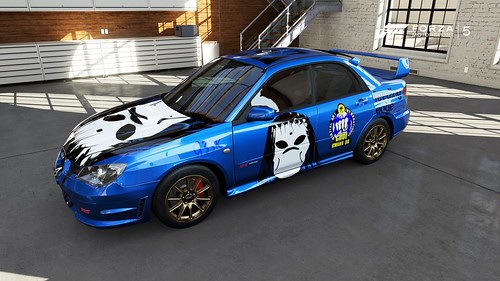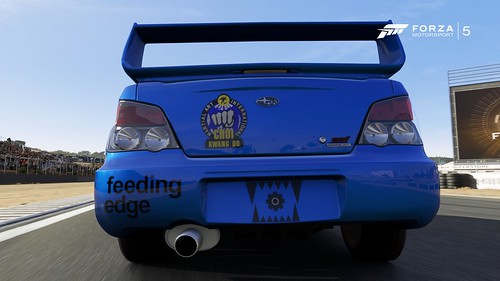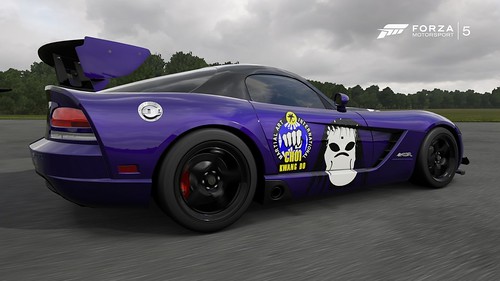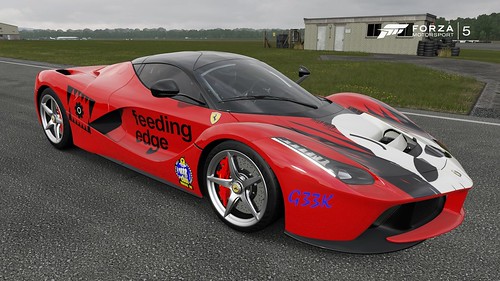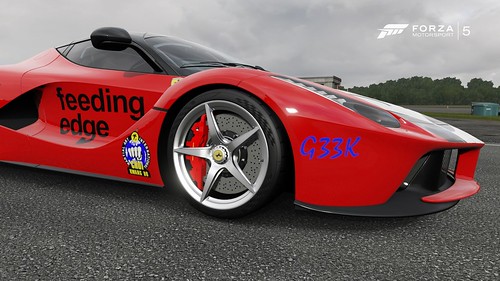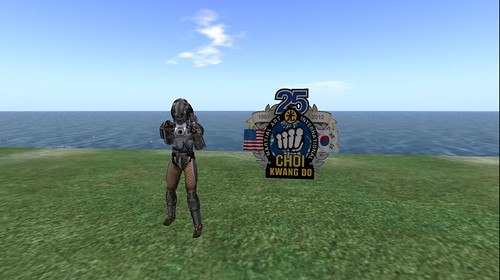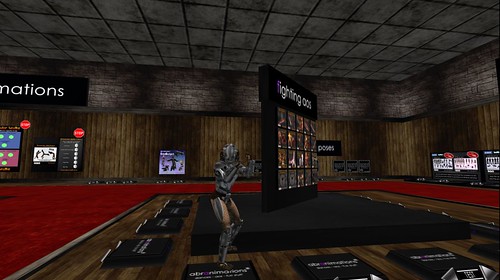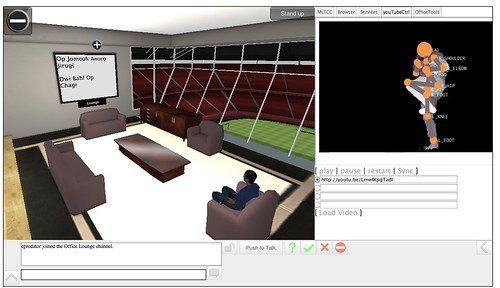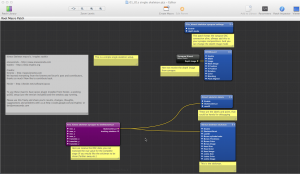All the joys of trying to move physical home and my focus on training in Choi Kwang Do, plus the Predlets being on holiday meant my Rez Day in Second Life nearly passed me by! It has been just over 7 years now since diving into SL and that has been a catalyst for a great number of changes and opportunities (and quote a few threats) in my life and the lives of many of my friends and colleagues.
I am still amazed at the power of what happened back in 2006 the power of people to gather and share in a virtual space. The creativity and buzz is something that many of us will never fully experience again.
This may seem crazy but this formed part of a customer briefing on security!

We really didn’t know the potential(which is still there), we just knew that exploring code and shapes, interactions with people etc was going to take us somewhere. I mean what do you do when your scripted space hopper rolls away into someone else space?
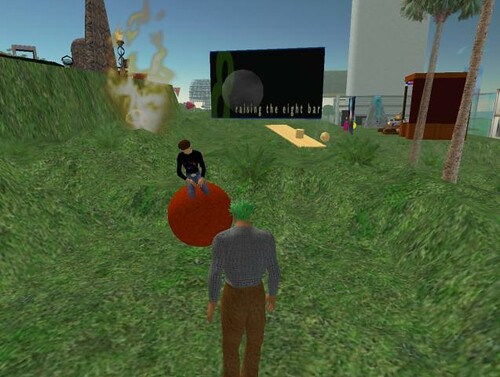
There are not many pieces of software that you can look back on and say that of. Of course the software, the networks etc was just an enabler for people to communicate and explore.
I have a collection photos of real events that happened in world. These are as memorable to me as any other photo or holiday snap. Real people doing real things, just mediated through bits and bytes.
I am still amazed though at the fear and negative vibes that many of us endured, and in some cases still do from the actions we took online with one another. It is hard to see why, when something is actually so positive it needs people to act against it. Not act against Second Life but against the freeform organisation of others. I doubt anyone who as experienced this will ever be able to fully share the full details of their particular lows. Many are deeply personal. Those acting to destroy such a positive wave of energy know full well what they were doing, who knows they may think they have won some fairground prize. In reality they have lost something and probably strengthened something and in a way done us all a favour.
What do we take as a positive from that though? Well anything that generates that much passion, both for and against it is not just another fad, another niche. It is obviously tqping into some deep needs in humans to either communicate and share, to gather together, or on the other side of the virtual coin to control and break things that they do not understand.
Unfortunately as it was the people not the software that was the problem, it was the people’s potential that got attacked not the bits and bytes.
2006-2009 was a technology bubble for virtual worlds, it was also a cultural bubble. We had to go through that and experience the joy and pain of it all in order to be here for the next wave. Culture takes a while to change but we are seeing much more sharing, much more open source. A realisation the power is in people not organisational structures. You can have a balance. You can have rank, a meritocracy. You can have rules but yet creative freedom within them.
What happened for a small portion of us in Virtual Worlds back then called eightbar was that we all worked to improve our own understanding of what the potential was, but in doing that we wanted to help others who were on the same journey. It was not about money or power. It was not about glory or control. That is hard for many people to understand who were not feeling the buzz.
I am now able to reflect on what we did instinctively for the good of the art so to speak but seeing how the martial art I study works. This does not feel a tenuous link as the conversations we have resonate with 7 years ago for me.
A martial art is a meritocracy. Through your personal goals and willingness to better yourself at your own level your earn belts. In Choi Kwang Do this is not through beating people or competing. It is not through negative comments of how badly you are doing, how much you missed a target. Instead it is active encouragement to enjoy mistakes to evolve and reach a goal. Lining up in belt rank order is never to say those with the higher belt are better. They are more experienced but they still learn, they still add to their skills. This is where it may lose some people though. We have control. A person, usually with lots of experience, will run a session. They will give commands, set tasks. We do them. It may seem regimented, yet each person is aiming to improve their technique, to learn and evolve. The person in charge at the time is also improving their own knowledge through observation, helping others with positive pointers. People step up to lead and are allowed to lead because they have earned the respect of everyone. However they never, ever apply any ego to that.
If I was to head back to 2006 and the wave of awesome virtual world discoveries, the teamwork and the sense of adventure we all had I am pretty sure I would do it all again. For me now, having seen another very positive gathering of humans trying to explore something exciting, yet applying some structure, I may have been able to help us be something a little stronger to deal with those less enlightened individuals. Maybe even to help them achieve more. The martial art is focussed on defence against a threatening force though. With out the potential for threats, without a counter to all this positivity it would not need to exist. So maybe we just enjoyed such a productive and interesting time because were were up against some people who were not so interesting or productive 🙂
This year I still did some work in Second Life too. I was part of a build of a hospital experience that was about dealing with a mass influx of patients. The doctors and hospital staff (real ones) had to decide which patient to move where to make space for the sudden influx. There was a lot of code I had to design and put in place to be able to make patients deteriorate, take time to move from one place to another. Deal with multiple decisions, provide visual feedback etc. We did all this in order to help lock down the requirements. Then went on to build a web based version networked with voice too in Unity3d. We have then used it to inspire some kids too, we even added a few friendly dancing zombies. Kids love zombies. It is a fine line between playing and being serious. Virtual worlds and games bounce across that line, twist it, warp it and sometimes rub it out all together. Still they can be used for so many reasons and why wouldn’t you?
